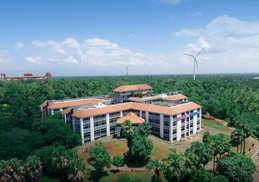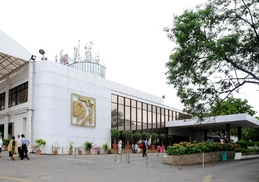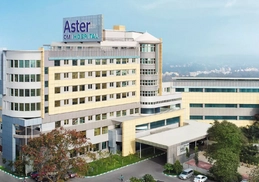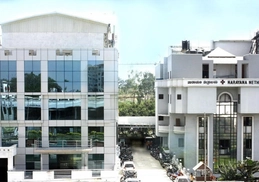There are various methods for correcting squints:
Eyeglasses
This is the primary treatment for the correction of a squint. Eyeglasses are very effective in accommodative squint which occurs due to problems with accommodation of the eye. The squint will become less noticeable once a person starts wearing glasses and may return while not wearing it. The glasses also prevent the occurrence of amblyopia or lazy eye. The glasses need to be worn continuously to correct the squint and this can become a tedious affair for children. They need to be trained to wear it during their normal activities especially while playing.
Eye patches
Eye patches are not used to align the eyes but to improve the vision in an amblyopic eye. This is more commonly used in children where visual development is still possible. In this procedure the eye with good vision is covered by a patch and the child is trained to see with the lazy eye. Children are encouraged to use the lazy eye while reading, watching television and playing indoor board games.
This stimulates the nervous pathway between the eye and the brain. If used properly, this can help to bring back the vision of the affected eye to normal levels.
Eye drops
This may be used as an alternative to eye patches. In this atropine containing eye drops are used to blur the vision of the good eye. This makes the children to use the amblyopic eye.
Botulinum toxin injection (Botox)
A botox injection given to the eye muscles can weaken their activity thus aligning the eyes properly. The effects of the injection may last only for a shorter period. This treatment is recommended in those in whom surgery has failed to offer the desired results.
Squint Surgery
Surgery for squint is recommended if proper correction is not possible by wearing eyeglasses. The aim of a squint surgery is to align the eyes properly by increasing their coordination. The surgery tries to weaken the activity of a very active intraocular musculature of one eye as compared to other. Similarly, a surgery may be done to strengthen a very inactive intraocular muscle group of one eye.
A surgery for squint cannot correct a lazy eye or amblyopia. This will need to be corrected by wearing glasses or eye patches after surgery. The risks associated with squint surgeries are very low. The most common risk is under correction or over correction of the problem. Both these situations may need a follow up surgery to fine tune the correction.
The ideal age for a squint surgery in children is between one to two years. This helps to align the eyes and to make them work together as a pair. This can prevent the development of amblyopia. If the outcome of the surgery is on expected lines the child may not have to wear glasses. In older children and adults, the surgery is done to make the eyes look straighter.
The type of surgery may depend on the eye turn and the muscles responsible for it. So, correction of exotropia, hypertropia, esotropia or hypotropia may require different techniques.
A squint surgery is done under general anaesthesia. The duration of surgery will be about an hour or so. Hospitalisation if required will be only for a day or two at the maximum.
Squint eye treatment in India- for adults
The treatment for squint eye in adults depends on the intensity of the condition. The aim of surgery in adults is to align the eyes properly. The goal is not an improvement in vision but to improve the looks. Eyeglasses will be needed after surgery to improve the vision.
The duration of squint eye surgery in India is about one and half to two hours. The average period of hospitalisation if necessary is about a day.
Squint eye treatment in babies:
The ideal age for squint surgery in babies is between one to two years. This helps to improve the vision significantly. This can also help to avoid amblyopia in future. The baby will be able to focus with both eyes after surgery.
Natural treatment for squint eyes:
Eye exercises are helpful to strengthen the eye muscles and can help to improve the coordination between the two eyes. This is more helpful in older children and young adults. Exercises may also be prescribed after surgery to strengthen the muscles. Also, Ayurveda is found to have effective treatment for squint especially in children. Based on the initial evaluation the practitioner devises the treatment plan which generally includes an inpatient treatment for 15 days initially and some follow up sessions once in a year for the consecutive years. The number of years of follow up will be decided by the doctor depending upon the condition and the improvement.







